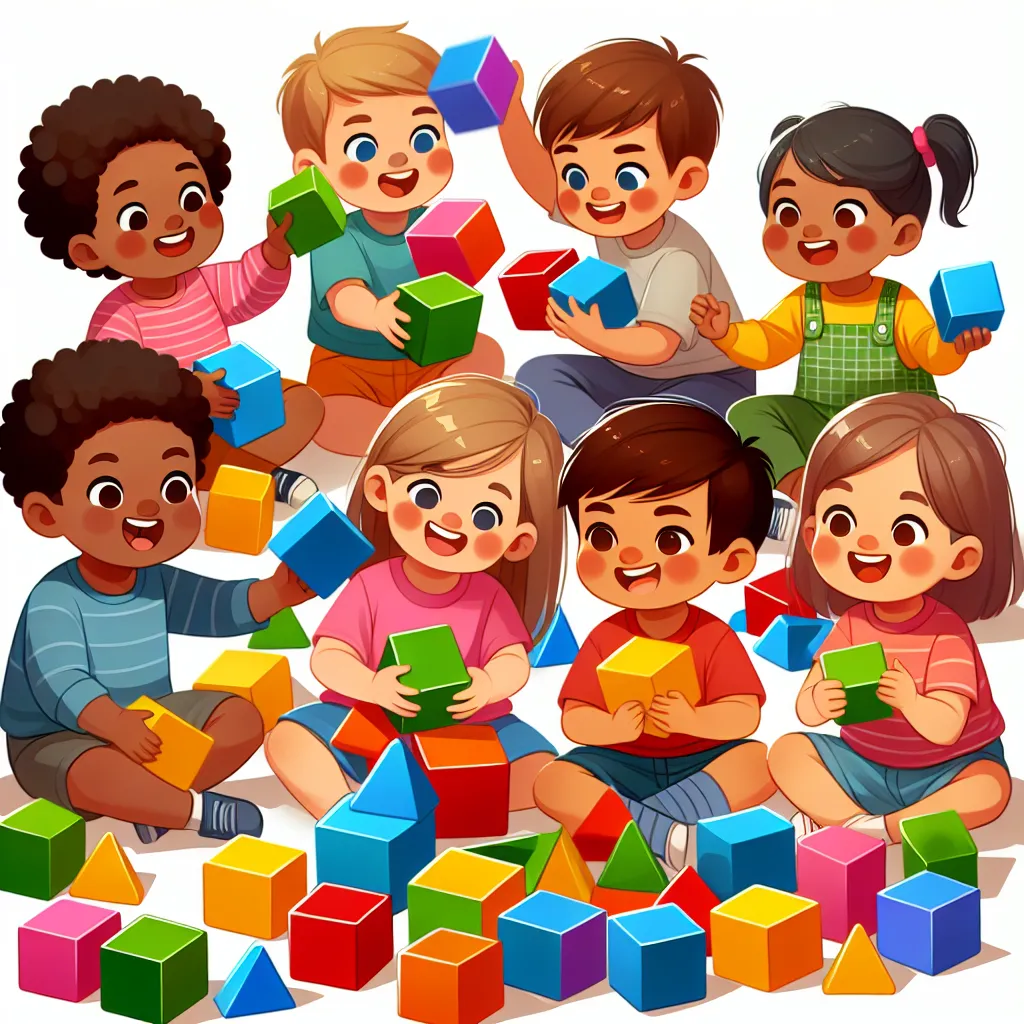Ask AI on The Internet
Question: QUESTION 2: (25) 2.1 In your own words, explain the central idea behind Piaget's theory of learner's knowledge acquisition. (2) 2.2 Describe the concept of "schemes" as proposed by Piaget. How do learners develop and modify these schemes as they interact with their environment? (6) 2.3 Critically explain the process of assimilation in the context of Piaget's theory. Provide ONE (1) example of how learners assimilate new information into their existing knowledge. (3) 2.4 Differentiate between assimilation and accommodation according to Piaget's theory. Provide a real-life scenario where a child would need to use both processes to make sense of a new experience. (6)
Sure! Here are the answers to your questions: **2.1 In your own words, explain the central idea behind Piaget's theory of learner's knowledge acquisition. (2)** The central idea behind Piaget's theory is that children actively construct their own understanding of the world through interacting with their environment. Knowledge acquisition is seen as a developmental process that occurs in stages, where learners build and refine cognitive structures, or "schemes," to make sense of their experiences. **2.2 Describe the concept of "schemes" as proposed by Piaget. How do learners develop and modify these schemes as they interact with their environment? (6)** "Schemes," according to Piaget, are mental structures or frameworks that help individuals organize and interpret information. These schemes can be thought of as cognitive blueprints; they help us understand and respond to the world around us. - **Development**: Learners initially develop schemes through direct interaction with their environment. For infants, schemes start with simple actions such as grasping or sucking. - **Modification**: There are two primary processes through which schemes are modified: 1. **Assimilation**: Integrating new experiences into existing schemes without changing the scheme. 2. **Accommodation**: Adjusting or altering existing schemes to incorporate new experiences that don't fit into current schemes. For example, an infant may have a scheme for grasping objects based on their experiences with a rattle. When presented with a similar-shaped object like a soft toy, they use the same grasping scheme (assimilation). If the toy requires a different method to grasp, the infant modifies their grasping scheme to accommodate for this new object (accommodation). **2.3 Critically explain the process of assimilation in the context of Piaget's theory. Provide ONE (1) example of how learners assimilate new information into their existing knowledge. (3)** Assimilation is the process of taking in new information and incorporating it into pre-existing cognitive schemes without altering the scheme. It's like fitting new experiences into a familiar mold. **Critical Explanation**: Assimilation helps learners make sense of their environment quickly and efficiently by using what they already know as a reference point. However, it can also limit understanding if new experiences are forcefully fit into existing schemes that aren’t appropriate, potentially leading to misconceptions. **Example**: If a child has a scheme for four-legged animals labeled "dog" based on their pet, they may call all four-legged animals "dogs." When they see a cat for the first time and call it a "dog," they are assimilating the new animal into their existing scheme of "four-legged animals." **2.4 Differentiate between assimilation and accommodation according to Piaget's theory. Provide a real-life scenario where a child would need to use both processes to make sense of a new experience. (6)** **Assimilation**: Integrating new information into existing schemes without changing the scheme. It’s an extension of the existing knowledge. **Accommodation**: Altering or creating new schemes to fit new information that doesn’t conform to existing schemes. This involves a significant change in cognitive structures. **Real-life Scenario**: Imagine a child who has a scheme for "birds" that includes the notion that birds can fly. One day, they visit a zoo and encounter a penguin. - **Assimilation**: Initially, the child might fit the penguin into their existing "bird" scheme by reasoning, "This is a bird; therefore, it must fly." (Despite seeing it doesn't, they might assume it's just not flying at the moment.) - **Accommodation**: The child then learns specific characteristics about penguins, such as they are birds but they swim instead of fly. The child modifies their "bird" scheme to accommodate this new understanding, possibly creating a sub-scheme for different types of birds (flying birds and non-flying birds). This scenario demonstrates how children engage in both processes to refine their understanding and adapt their cognitive framework to new experiences.
Think your answer is better than the AI's? Post it below.
Other Most Relevant Posts:
 2.1 Unveiling the Pillars of Piaget's Knowledge Acquisition Theory
2.2 Unlocking Piaget's Concept of Schemes: How Learners Develop and Modify
2.3 The Art of Assimilation: Integrating New Information i
2.1 Unveiling the Pillars of Piaget's Knowledge Acquisition Theory
2.2 Unlocking Piaget's Concept of Schemes: How Learners Develop and Modify
2.3 The Art of Assimilation: Integrating New Information i
 2.1 Piaget's Theory Unveiled: Understanding Knowledge Acquisition in Learners
2.2 Unlocking the Power of Schemes: Piaget's Perspective on Cognitive Development
2.3 Assimilation Unraveled: Integrating
2.1 Piaget's Theory Unveiled: Understanding Knowledge Acquisition in Learners
2.2 Unlocking the Power of Schemes: Piaget's Perspective on Cognitive Development
2.3 Assimilation Unraveled: Integrating
 2.1 Piaget's Theory: Understanding How Learners Acquire Knowledge.
2.2 Unraveling "Schemes": Piaget's Concept of Learners' Cognitive Structures.
2.3 Assimilation in Piaget's Theory: Integrating New
2.1 Piaget's Theory: Understanding How Learners Acquire Knowledge.
2.2 Unraveling "Schemes": Piaget's Concept of Learners' Cognitive Structures.
2.3 Assimilation in Piaget's Theory: Integrating New
 2.1 Piaget's Theory of Knowledge Acquisition: Exploring How Learners Develop Understanding
2.2 Unlocking the Power of Schemes: Piaget's Idea of Learners Interacting and Modifying Their Mental Structu
2.1 Piaget's Theory of Knowledge Acquisition: Exploring How Learners Develop Understanding
2.2 Unlocking the Power of Schemes: Piaget's Idea of Learners Interacting and Modifying Their Mental Structu
Question Tags
If you want your question answered by an AI, click here.



Post your own comment: